18 Dating Rules From The 1960s That Teenagers Today Can’t Believe
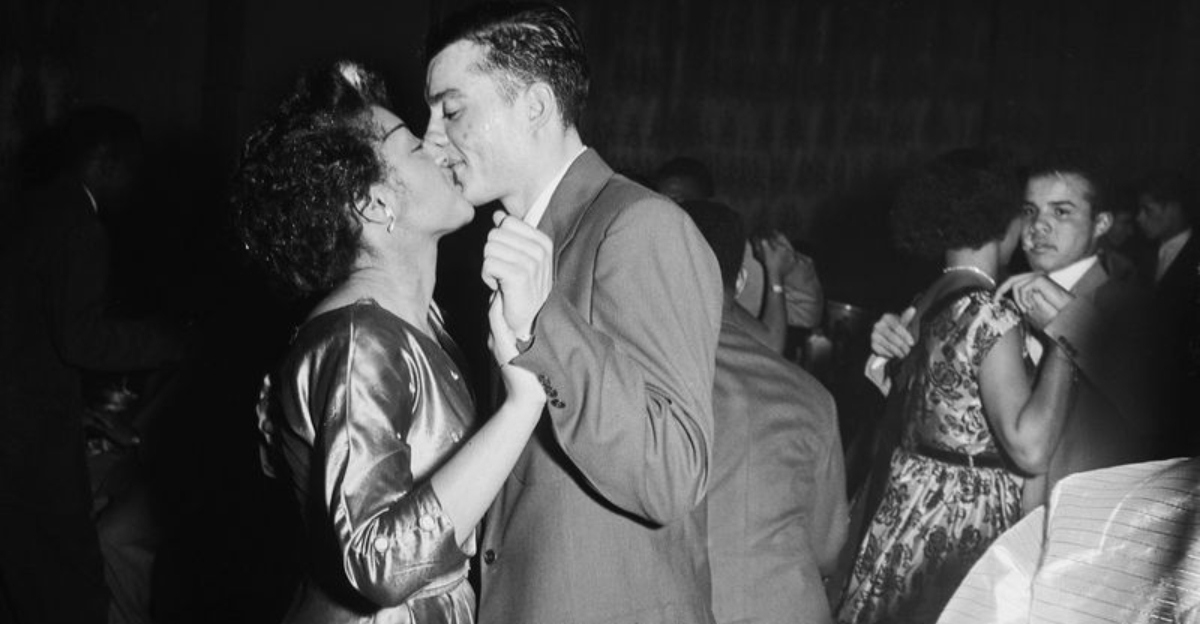
The 1960s was a wild mix of peace signs, rock ‘n’ roll, and some seriously eyebrow-raising dating etiquette. Back then, romance didn’t start with a swipe—it began with a well-rehearsed phone call from a nervous boy who always had to call first (and probably did so from the family’s one landline in the kitchen).
Dating was less “hanging out” and more of a carefully choreographed social ritual. Think: girls needing permission from their parents, boys meeting the entire family before even holding hands, and curfews so early, you’d barely finish dessert.
And forget texting—love notes were handwritten, sealed with a kiss, and passed like sacred scrolls. It was a time when going steady meant sharing a class ring and dating someone twice in a row basically meant marriage was on the table.
Buckle up, Gen Z—here are 18 old-school dating rules that will make your DMs look like pure science fiction.
1. Boys Always Called First
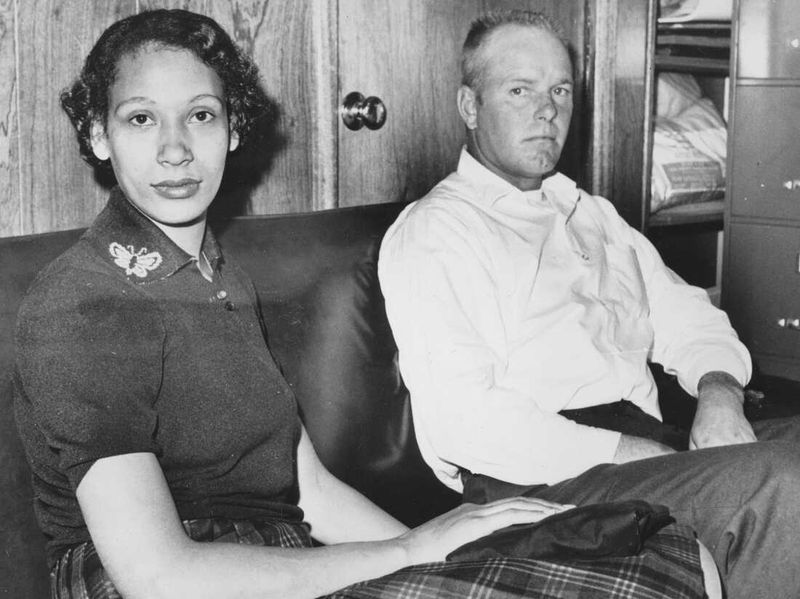
Ah, the days when a phone call was an event! In the 1960s, boys were the ones expected to pick up the phone and make that all-important call to ask a girl out.
Girls, on the other hand, were supposed to wait patiently, twirling the cord of the family phone, hoping it would ring. The thrill of waiting for that call was akin to waiting for a new episode of your favorite show—filled with anticipation. Asking a girl out was a boy’s rite of passage; his suave phone manner could make or break his chances.
But if he did gather the courage to call, he had to be prepared to charm both the girl and her potentially overprotective father who might answer first. This rule was as rigid as the telephone wires that carried his voice, and any deviation could lead to social catastrophe.
2. Girls Had to Dress Up
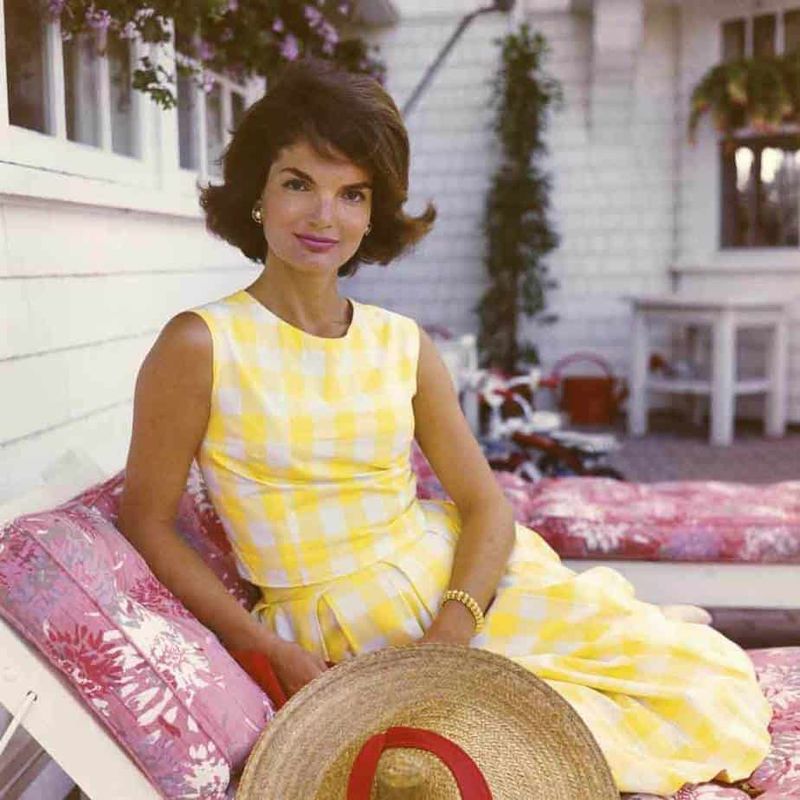
Forget about jeans and t-shirts; the 1960s demanded elegance from young ladies. Girls had to dress to impress on dates, often donning skirts, dresses, and stockings, leaving no room for casual wear.
The pressure to look ‘just right’ was as intense as the hairspray that held their beehives in place. This was a time when appearances were everything, and not looking the part could lead to whispers of disapproval.
Dressing up was not just about fashion; it was a reflection of one’s upbringing and respectability. Even if the date was just a simple outing, the attire had to be polished and perfect. The expectation was clear: a girl’s outfit needed to match the sophistication of a candle-lit dinner, even if the date was just a stroll in the park.
3. Boys Always Picked Up Their Dates
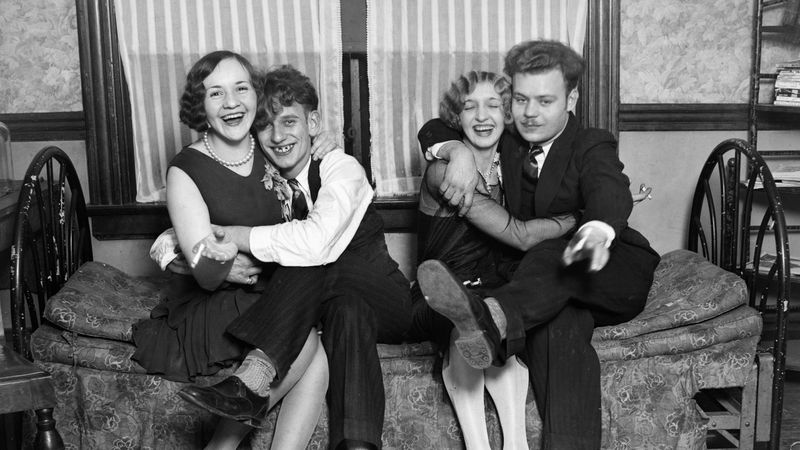
Before the era of texting “I’m here,” boys had to face the daunting task of picking up their dates right from their front door. This ritual was an integral part of the dating experience.
Boys had to arrive in their shiny cars, ready to meet not just the girl, but her entire family. This was no casual affair; it was a display of chivalry and punctuality. Imagine the nerves as a teenage boy practiced his small talk with the girl’s father while anxiously waiting for her to appear.
Picking up a date was a showcase of responsibility and respect, setting the tone for the rest of the evening. It was an opportunity to make a good impression, and any faux pas could lead to a very awkward ride.
4. Early Curfews Were Strictly Enforced

In the 1960s, staying out late was not an option for teenagers. Curfews were as strict as the rules of grammar, and parents enforced them with an iron fist.
Being home by 10 pm was a non-negotiable rule that could make or break a date. Missing curfew meant facing the wrath of disapproving parents and possibly being grounded for eternity. The ticking clock was a constant reminder of the limited time available for romance and fun.
This rule added an element of urgency to the evening, making every moment precious. It was a race against time, ensuring that even Cinderella’s midnight deadline seemed lenient. The curfew was a reminder that no matter how enjoyable the date was, family rules always came first.
5. No Kissing on the First Date
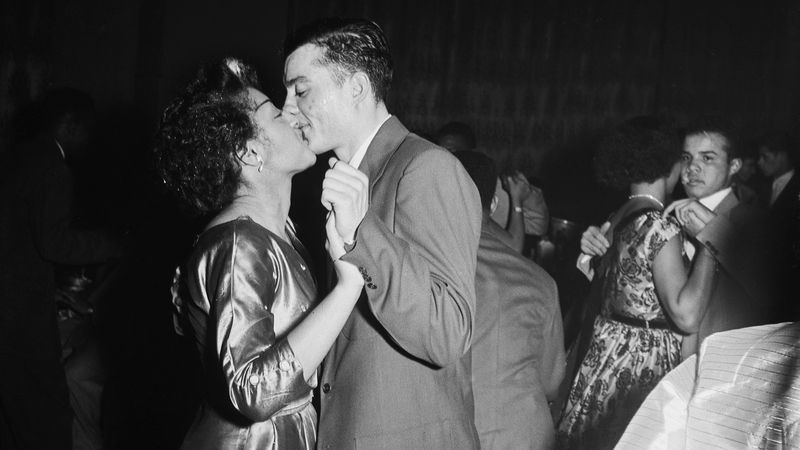
First dates in the 1960s were more about polite conversation than passionate embraces. The idea of kissing on the first date was as taboo as wearing socks with sandals today.
Even holding hands was considered a bold move, and a quick peck could raise eyebrows and gossip. This rule was about patience and propriety, ensuring that romance blossomed at a respectable pace. The focus was on getting to know each other through conversation and shared activities, not rushing into physical affection.
Restraint was the name of the game, and any breach of this unspoken code of conduct could lead to rumors and reputational risks. It was a delicate dance of emotions, where anticipation was built one subtle glance or whispered word at a time.
6. Girls Needed Parental Permission

In the 1960s, a girl’s dating life was under parental jurisdiction. Seeking permission from parents before accepting a date was as essential as a permission slip for a school field trip. Girls had to approach their parents with the grace of a diplomat, hoping for their blessing.
The parental approval process was a rigorous one, involving questions about the boy’s family, intentions, and background. This rule emphasized the familial control over personal relationships and was seen as a way to ensure the girl’s safety and well-being.
It was a delicate negotiation, where the stakes were high and the outcome uncertain. The ritual of seeking permission was as nerve-wracking as waiting for exam results, and a ‘yes’ was a ticket to an evening of youthful adventure.
7. Boys Had to Meet Her Parents
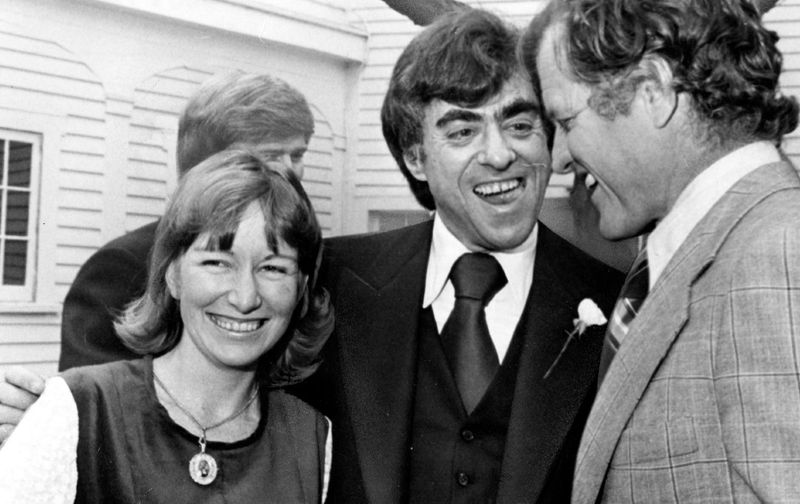
Meeting the parents was a crucial rite of passage for any boy hoping to date a girl in the 1960s. This nerve-wracking experience was akin to a job interview, where charm and respect were the key qualifications.
Boys had to arrive at the girl’s house with their best manners in tow, ready to endure a parental grilling that rivaled any detective’s interrogation. Fathers, in particular, played the protective role with aplomb, eying the boy with suspicion and asking questions that could penetrate any facade.
The boy had to demonstrate his worthiness, proving he could be trusted to return their daughter home on time and in good spirits. This initial meeting set the tone for the relationship, establishing boundaries and expectations from the outset.
8. Boys Always Paid for Everything

Splitting the check was unheard of in the 1960s; boys were expected to foot the entire bill as a sign of their gentlemanly conduct. This rule was a reflection of the era’s gender dynamics, where men were seen as the providers, even in teenage dating scenarios.
Paying for everything was a boy’s way of showing he could take care of the girl, a gesture that was both romantic and financially straining. The act of settling the bill was more than a financial transaction; it was a demonstration of his ability to provide and protect.
Girls, in turn, were expected to be gracious recipients, expressing their gratitude with a smile and perhaps a promise of a second date. The tradition of the boy paying reinforced the chivalric ideals of the time.
9. Dates Often Occurred at Home
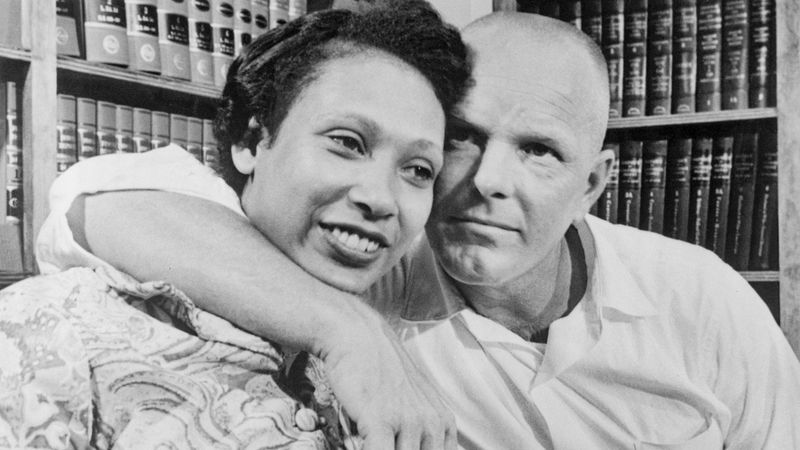
Privacy was a rare luxury in the 1960s dating scene, with many dates taking place right in the family living room. These at-home encounters were supervised by parents or siblings, ensuring that no funny business occurred.
This setting offered a unique blend of intimacy and scrutiny, where couples had to navigate their budding romance under the watchful eyes of family members. The living room date was a test of a couple’s ability to connect while engaging in activities like board games or watching television.
It was a simpler time when popcorn and soda could make for an exciting evening, and the presence of family added a layer of accountability. The home date was a rite of passage that emphasized family values and community over individual desires.
10. Drive-In Movie Dates Were Common

The drive-in movie was the quintessential 1960s date, offering a blend of entertainment and opportunity for closeness. However, it was far from private, as cars were often filled with friends or siblings acting as unofficial chaperones.
The drive-in was a place where romance had to share the spotlight with the silver screen, and the car’s confines added both coziness and constraint. These dates were about more than just the movie; they were a chance to engage in whispered conversations and subtle hand-holding, all while surrounded by the hum of engines and the glow of headlights.
Despite the lack of privacy, the drive-in was a beloved social venue, where couples could bond over shared popcorn and cinematic adventures, creating memories that extended beyond the film.
11. Group Dates Were Encouraged
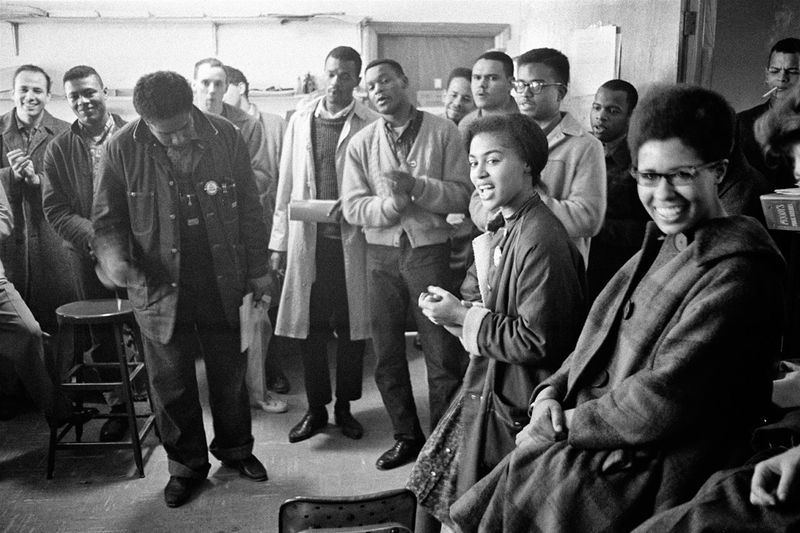
In the 1960s, going on a date often meant inviting the entire gang along. Group dates were the norm, providing safety in numbers and a buffer against any awkward silences. These outings transformed dating into a social event, where activities like bowling or roller-skating became shared experiences.
The group dynamic added a layer of fun and freedom, allowing teens to interact in a relaxed environment without the pressure of one-on-one scrutiny. It was a time when friendships and budding romances could flourish simultaneously, and the collective energy of the group made every outing an adventure.
Encouraging group dates was a way to ensure that romantic interests developed naturally within a supportive network of friends, keeping the focus on fun and camaraderie.
12. Dates Needed a Clear Purpose

Winging it was not an option for 1960s daters, as each outing needed a clear agenda. Random hangouts were frowned upon, with dates requiring well-defined activities such as going to the movies, attending a dance, or enjoying a meal.
This structured approach ensured that both parties knew what to expect, minimizing misunderstandings and maximizing enjoyment. A date was seen as a special occasion, and having a plan was a sign of respect and consideration.
Whether it was a fancy dinner or a simple walk in the park, the key was to have a purpose that guided the evening. This rule added a sense of occasion to dating, elevating it from casual interactions to meaningful experiences where memories were made and relationships were nurtured.
13. Dating Multiple People Was Acceptable
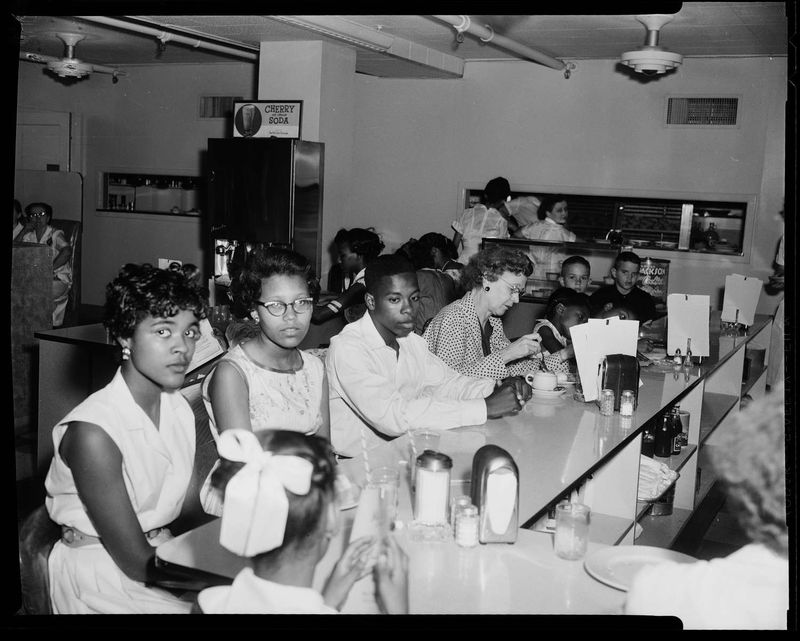
Monogamy was not the default setting for dating in the 1960s, where seeing multiple people was considered perfectly normal. The concept of ‘going steady’ didn’t take center stage until a relationship became serious.
This approach encouraged teens to explore different personalities and interests without the pressure of exclusivity. Casual dating was a way to learn about oneself and others, offering a broad perspective on what one might want in a partner. While today’s teens might find this approach liberating or confusing, it underscored the exploratory nature of teenage romance.
However, communication was key, as assumptions could lead to misunderstandings. This rule embraced the idea that variety was the spice of life, allowing young people to enjoy the dating scene without the weight of commitment prematurely.
14. School Dances Required Formal Attire
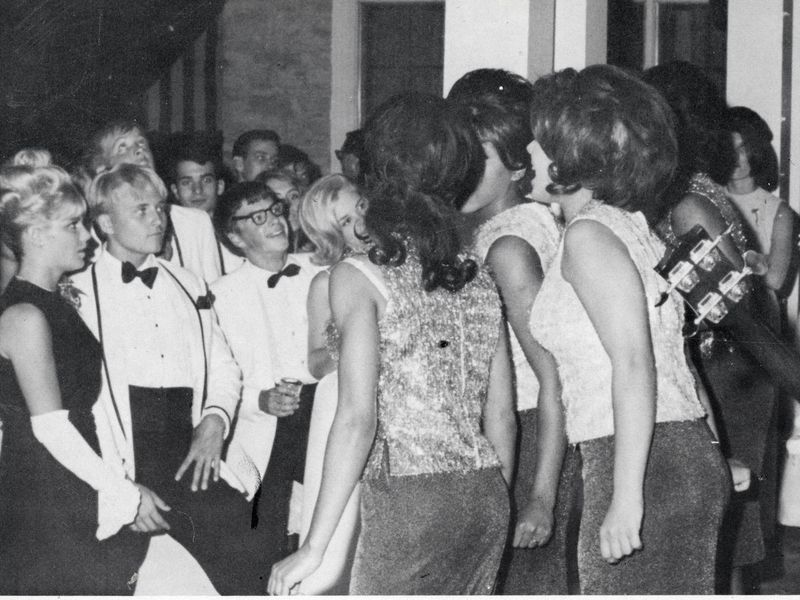
School dances in the 1960s were not just events; they were extravaganzas that required participants to don their finest attire. Formal dresses and suits were the norm, transforming gymnasiums into elegant ballrooms for the night.
These dances were social highlights where teens could showcase their style and grace, adding an air of sophistication to the high school scene. The expectation to dress formally emphasized the importance of the occasion, making it a memorable experience for all involved.
It was an opportunity for teens to practice their social skills, from polite conversation to navigating the dance floor. The tradition of dressing up for school dances instilled a sense of pride and responsibility, ensuring that the night was as special as the clothes they wore.
15. Dating the Same Person Frequently Implied Marriage
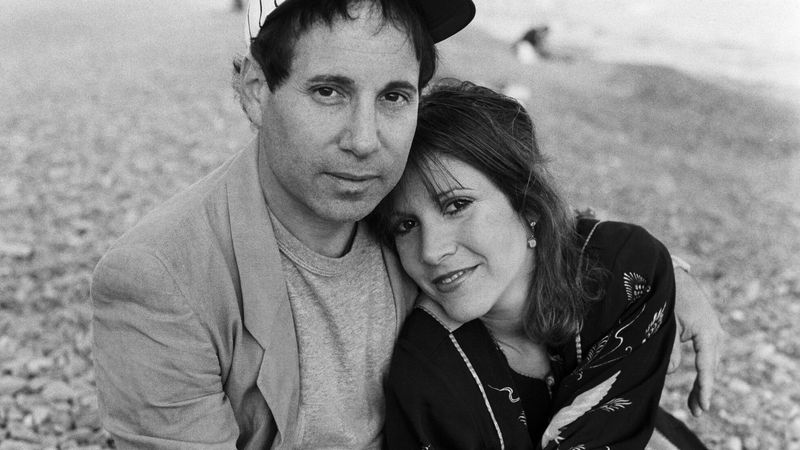
Seeing the same person too often in the 1960s could lead to whispers of wedding bells. Consistency in dating was seen as a serious commitment, hinting that a couple was on the path to marriage. The idea that frequent dates implied a deeper connection was a reflection of the era’s emphasis on stability and long-term relationships.
Teens were keenly aware that their social circles would take note, and any exclusivity was often interpreted as a prelude to engagement. This rule added a level of solemnity to relationships, where dating wasn’t just a pastime but a potential step towards a lifelong partnership.
It was a time when love and commitment were intertwined, and every outing with the same person was a step closer to a shared future.
16. Girls Were Encouraged to Let Boys Talk
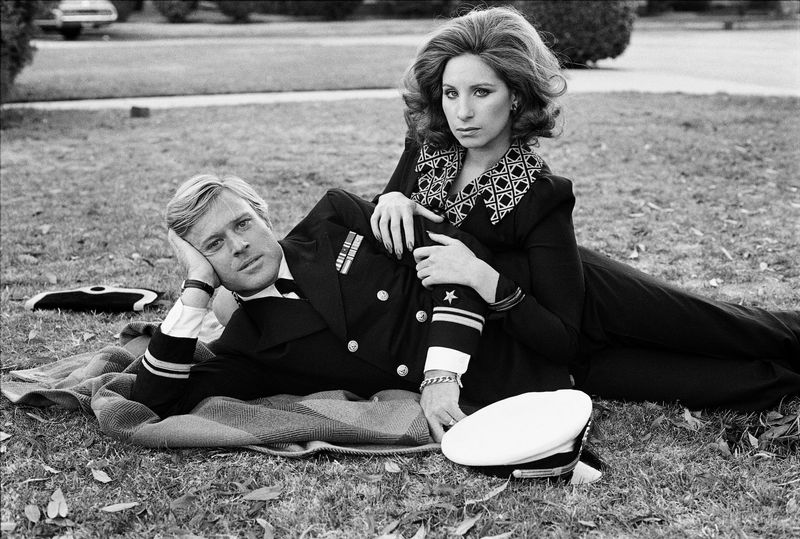
The art of listening was highly prized for girls in the 1960s, and they were often encouraged to be the audience rather than the speaker. Conversations during dates were dominated by the boys, with girls advised to nod, smile, and laugh at jokes, regardless of their humor level.
This rule reinforced traditional gender roles, where men were the storytellers and women the attentive listeners. While this might seem outdated today, it was part of a broader cultural norm that prescribed specific roles within relationships.
The challenge for girls was to master the subtle balance between engagement and acquiescence, ensuring the boy felt heard and appreciated. This dynamic was not just about fostering romance but also about navigating the societal expectations of the time.
17. Girls Should Never Appear Too Eager
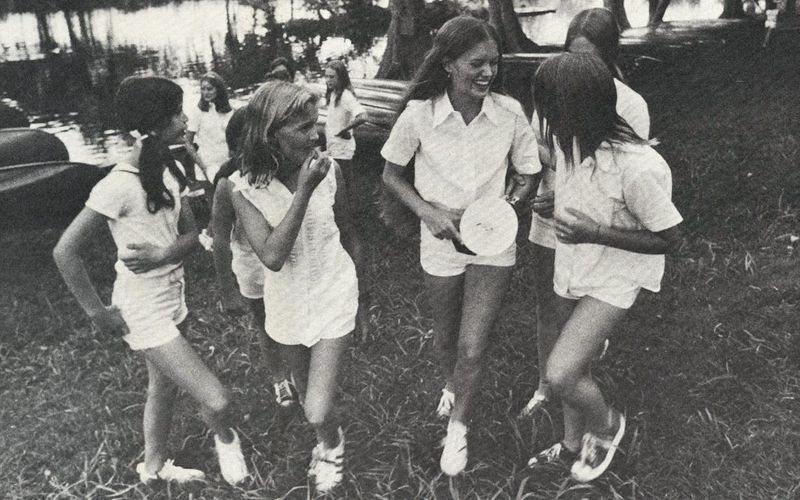
Playing it cool was an essential skill for 1960s girls, who were advised to never seem too interested or eager. Showing enthusiasm or openly admitting attraction was discouraged, as subtlety and mystery were the desired traits.
This rule was about maintaining an air of intrigue and ensuring that boys had to work for the girl’s affection. The emphasis was on aloofness, a strategy to keep boys guessing and invested in the chase. This approach was seen as a way to ensure that relationships developed at a measured pace, with both parties valuing the connection.
While this might seem counterintuitive today, it was part of the romantic dance of the era, where actions and glances spoke louder than words, and patience was a virtue.
18. Love Letters Were a Serious Commitment

Love letters in the 1960s were not just notes; they were declarations of deepening affection and commitment. Writing a letter was a serious step, reserved for relationships that were moving beyond casual dating.
These handwritten missives were treasures, capturing the emotions and intentions of the writer with each penned word. A love letter was a testament to the writer’s feelings, offering a tangible connection that transcended time and distance. The act of writing was as intimate as the words themselves, requiring thought, care, and sincerity.
Receiving a love letter was a significant event, a milestone that marked a shift in the relationship’s seriousness. It was a gesture that required courage and vulnerability, forging a deeper emotional bond between the couple.
